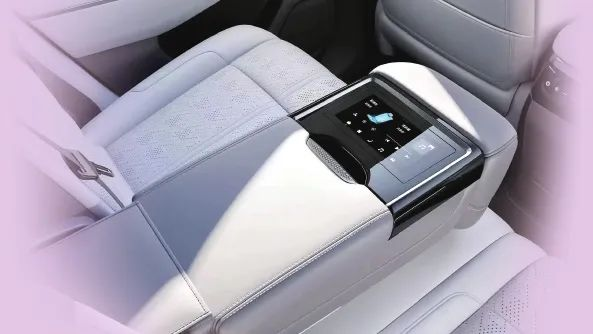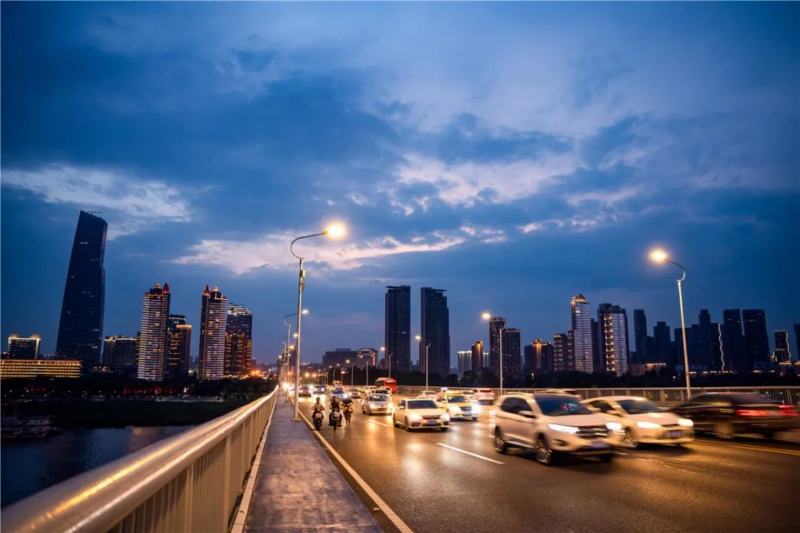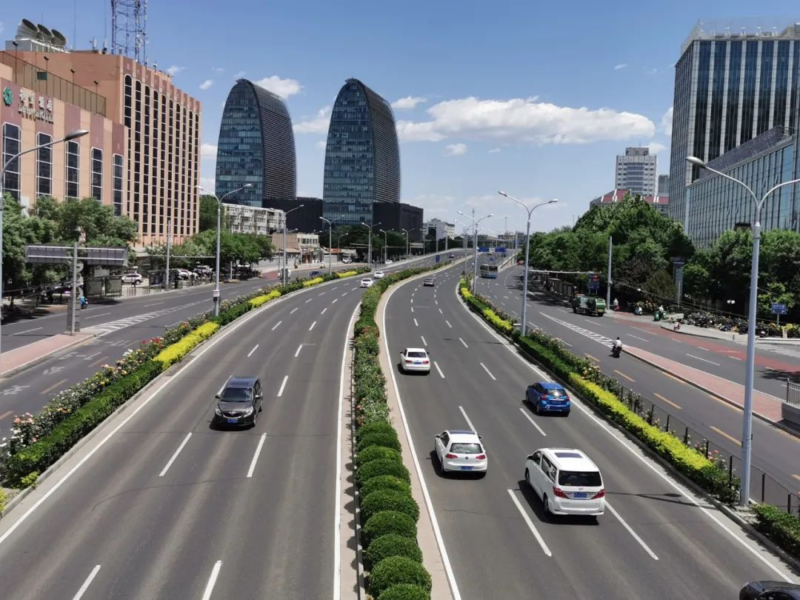In the automotive world, a new trend challenges the traditional notion that a car’s hardware remains fixed after purchase. Hardware over-the-air (OTA) upgrades are gaining momentum, allowing vehicle owners to enhance their cars with new physical components long after driving off the dealership lot.
Huawei recently announced that older M9 models can receive factory hardware upgrades to match 2025 specifications, including Lidar sensors, millimetre-wave radars, and satellite communication terminals.
Xpeng Motors launched a crowdfunding model for chip upgrades targeting owners of older vehicles, upgrading from Qualcomm 820A chips to more powerful Qualcomm 8295 chips while doubling the RAM.

Regulatory ambiguity
The regulatory framework governing hardware upgrades remains unclear. Attorney Ren Chuanzhi explains, “Adding hardware falls under car modification, with some aspects regulated while others remain ambiguous.” While vehicle regulations require registration changes when replacing key components, it’s unclear whether adding sensors or upgrading computing hardware falls under this requirement.
When accidents occur involving vehicles with hardware upgrades, determining liability becomes complicated. If upgrades lead to performance changes that cause accidents, responsibility could fall on the manufacturer, technician, or owner.

Economic considerations and technical challenges
Car owner Han Wenfeng points out, “Price is a key factor that car owners must consider.” Using a domestic brand example, the price difference between standard and upgraded models is approximately 20,000 yuan (2800 USD). From this perspective, it might be more economical to purchase the higher-end model initially rather than upgrading later.
Professor Zeng Xin explains that hardware upgrades are complex: “What seems like just adding a chip involves extensive development, adaptation, and testing work across multiple vehicle modules.”
For hardware OTA to reach its potential, the industry needs clearer regulations, standardised liability protocols, transparent pricing, and designs anticipating future upgrades.
Professor Zeng suggests that “automakers should establish transparent upgrade notification mechanisms, allowing consumers to make more informed decisions.” As this technology matures, the industry must balance innovation with consumer protection, ensuring hardware OTA extends vehicle relevance without creating undue risks or costs.

Editor’s comment
OTA literally means ” over the air,” and hardware cannot be updated through an over-the-air method. Therefore, the so-called “hardware OTA” is just another term for hardware upgrades. However, the exact difference between automotive hardware upgrades and car modifications remains to be clarified.
The term “hardware OTA” appears to be a marketing term that borrows the convenience concept from software OTA updates but applies it to physical component replacements or upgrades. While software can be wirelessly transmitted and installed, hardware requires physical intervention.
This distinction between hardware upgrades and modifications is particularly important in the automotive context as it may affect warranty, compliance, and vehicle performance.
Source: China Auto News



